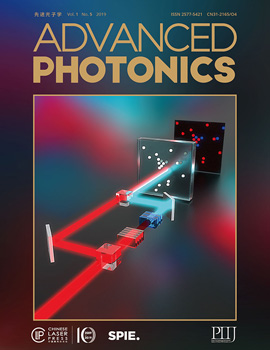Advanced Photonics, Vol. 1, Issue 05, 056003, (November 2019) https://doi.org/10.1117/1.AP.1.5.056003

TOPICS: Image resolution, Signal to noise ratio, Microscopy, Optical resolution, Optical imaging, Sensors, Signal detection, Imaging systems, Spatial resolution, Binary data
The Abbe diffraction limit, which relates the maximum optical resolution to the numerical aperture of the lenses involved and the optical wavelength, is generally considered a practical limit that cannot be overcome with conventional imaging systems. However, it does not represent a fundamental limit to optical resolution, as demonstrated by several new imaging techniques that prove the possibility of finding the subwavelength information from the far field of an optical image. These include super-resolution fluorescence microscopy, imaging systems that use new data processing algorithms to obtain dramatically improved resolution, and the use of super-oscillating metamaterial lenses. This raises the key question of whether there is in fact a fundamental limit to the optical resolution, as opposed to practical limitations due to noise and imperfections, and if so then what it is. We derive the fundamental limit to the resolution of optical imaging and demonstrate that while a limit to the resolution of a fundamental nature does exist, contrary to the conventional wisdom it is neither exactly equal to nor necessarily close to Abbe’s estimate. Furthermore, our approach to imaging resolution, which combines the tools from the physics of wave phenomena and the methods of information theory, is general and can be extended beyond optical microscopy, e.g., to geophysical and ultrasound imaging.



 Receive Email Alerts
Receive Email Alerts